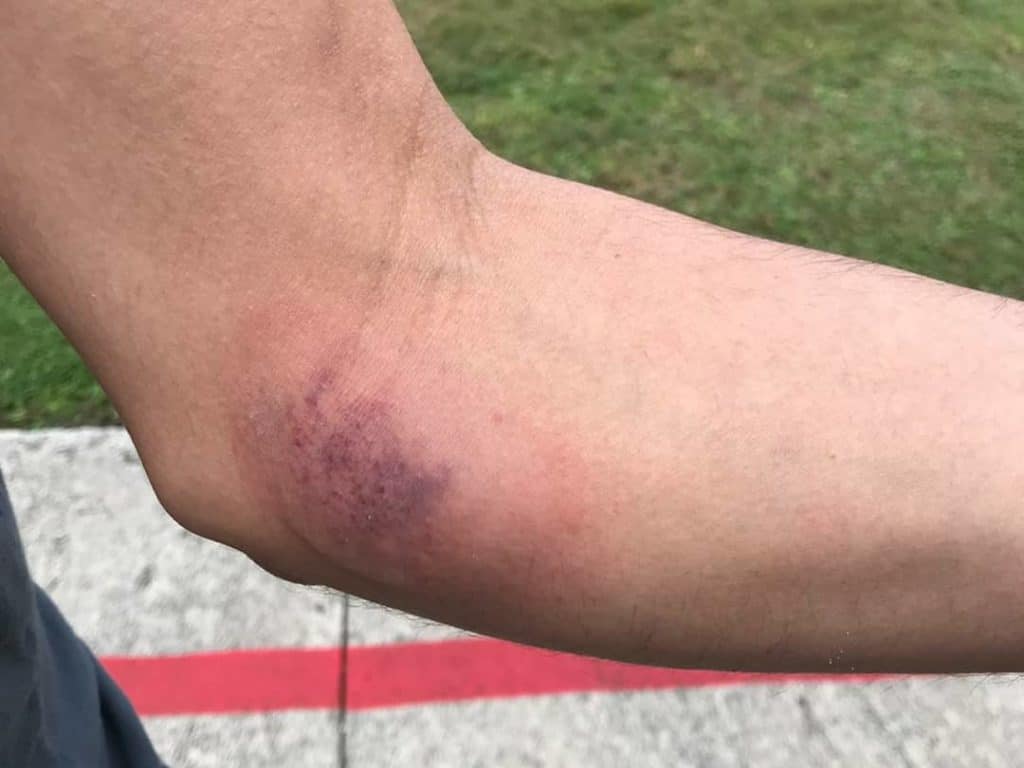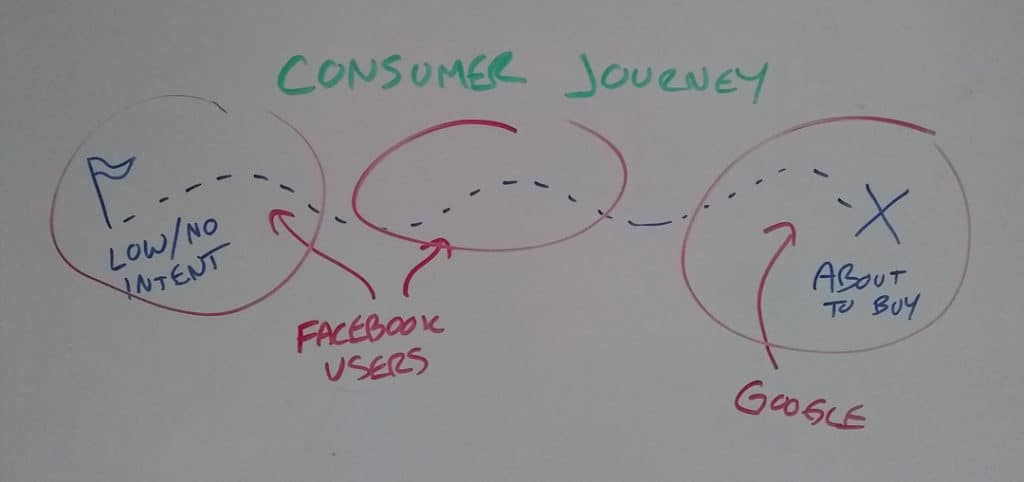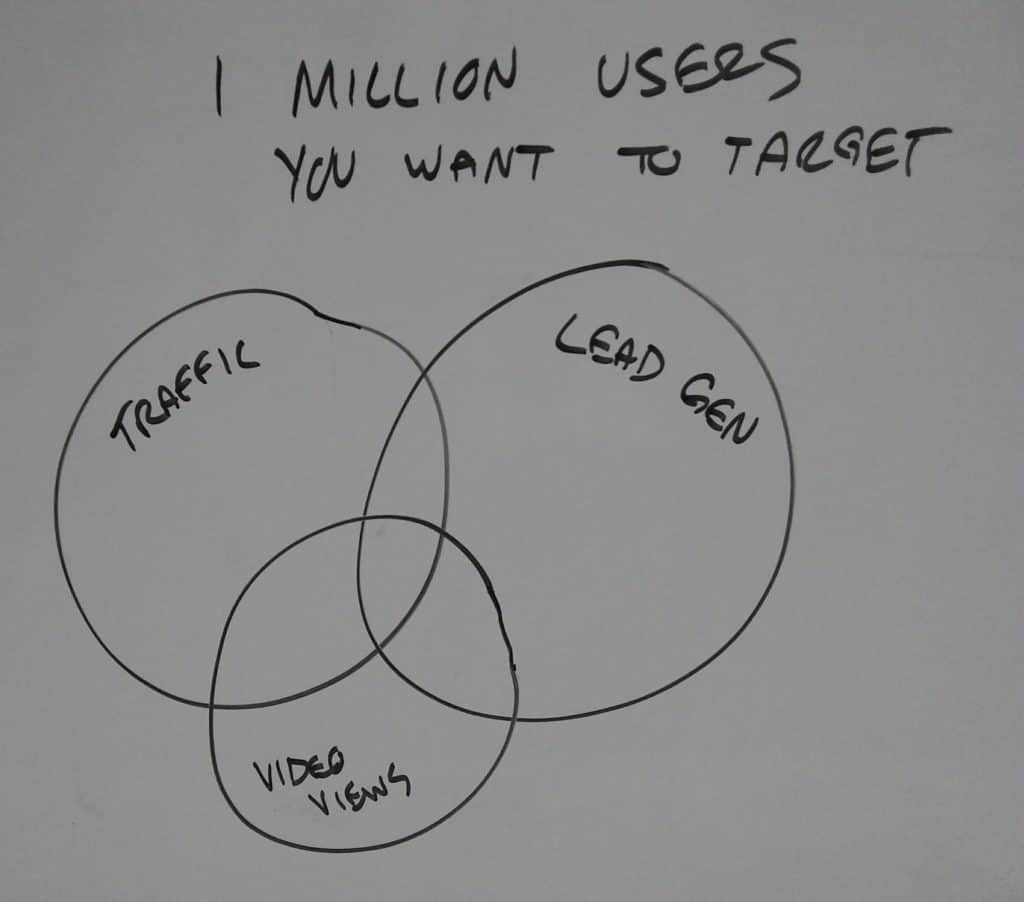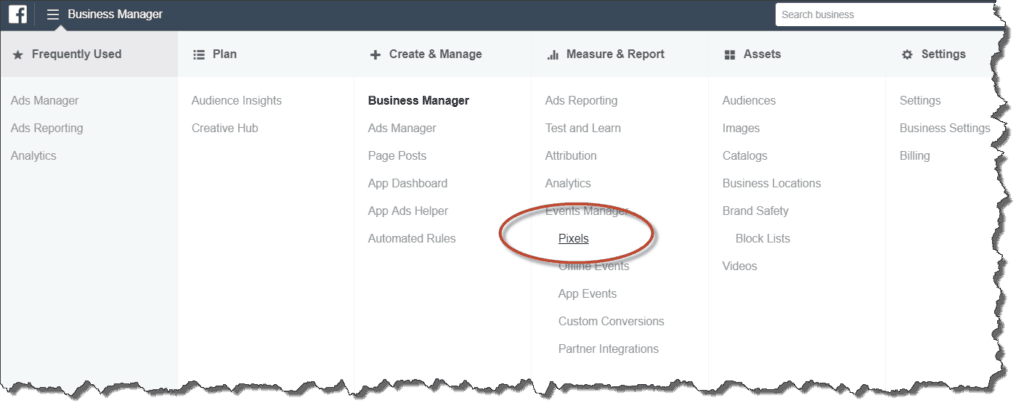I recently became interested in archery, and let me stop you now… no, wasn’t because of Hunger Games (why does everyone say that?!).
The first time I went to the archery range, I tried to shoot with absolutely no idea what I was doing. I figured… all I have to do is aim, make sure the arrow is on the string, pull, and release.
Eazy peezy.
Welp, what ended up happening was a huge kiwi-sized welt on my forearm from the string snapping back, a concerned wife who insisted I go to Urgent Care, a bloody finger from not wearing gloves, multiple lost arrows, and a newfound hatred for the sport.

Jumping into Facebook Ads with absolutely 0 idea what you’re doing or how the platform operates is going to set you up for failure.
The good news is… I’m here to guide you (like Katniss Everdeen). These are the 5 things you need to understand about Facebook Ads (or social media ads, in general) before you spend a penny on the platform.
1) Facebook is NOT Google
Social media is social. Make this your mantra.
A lot of advertisers tend to forget that seemingly obvious point everytime they try to blast cold audiences with super promotional re-purposed banner ads.
REMEMBER THIS IF NOTHING ELSE IN THIS SECTION: When someone opens the Facebook or Instagram app, it’s not because they want to go shopping. They logged in to socialize with family and friends. In other words, the purchase intent is much lower compared to Google.

Your ad is interrupting their experience (hence the nickname for social media marketing, “Interruption Marketing”).
If you’re going to interrupt them, you better make damn sure it’s interesting, relevant, engaging, and stimulating (hopefully all of the above). Your social media ad’s success depends on it.
PSA: Stop treating social media like a billboard and more like its a converation.
The kind of things you probably wouldn’t want to run on Google Ads (unless you enjoy wasting money)…
- Blog posts
- Soft promotional video (and maybe even the hard promotional video)
- Messenger bots
- Contests
- Ads with questions at the end of them
These types of ads are social by design, and do very well on Facebook.
2) Facebook probably knows best
The mistake a lot of advertisers make is that they think they know more about Facebook’s users than Facebook.
In most cases, ya don’t.
When you select a “traffic” as your objective and create an audience of let’s say 1 million users, Facebook has a pretty good idea which of those 1 million users is likely to click on your link.
If you were take that same million user audience, but run it as a “lead generation” objective, Facebook is likely to show your ad to a different set of users.
Why, you ask?
Because the user that clicks and the user provides their email addresses are likely different.

You will never be able to spend enough to reach every single one of those million users (Warren Buffet couldn’t even probably afford it), so Facebook prioritizes the reach to users likely to take the action you’re looking for (in this case, traffic or leads).
To wrap up this section with a nice little bow…
For the most part, pick the objective that matches what you actually want.
- If you want traffic, pick the traffic objective
- If you more likes / comments / shares, pick an engagement objective
- If you want people to buy stuff (and have enough pixel data), pick the conversion objective
Example: I recently ran a link post as both an engagement and a traffic objective ad to the same audience just to see the difference in performance. What I found was that the engagement version had a CPC that was 4X higher than the traffic version.
You get the idea.
3) Test, test, test, and test some more
You shouldn’t assume that something that works for one advertiser will work for you the exact same way.
You can trust the pros like me to guide you in the right direction, but if you can, test things out on your own.
Warning: this next example might confuse the hell out of you after reading #2, but I’m going to share it anyway because it was a game-changing revelation for one my clients.
Example: A client of mine has a ton of excellent blog content that drives a ton of low cost traffic via Facebook Ads. This blog campaign helps grow and segment our retargeting audiences that we rely on to eventually convert via more promtional conversion ads. Historically, we’ve run this blog campaign as a traffic objective (makes sense), and we saw CPCs around $0.10 (give or take).
Over time, we started to suspect that the audience we were building included a lot of users that were never going to buy. So we decided to run a test.
We took the exact same campaign (same ads, same ad sets), but ran it as a conversion objective. Our hypothesis was that Facebook would show our ads to a more vetted subset of target audience.
What happened: CPCs rose to $0.20 (give or take), so we saw less overall traffic. Overall reach dropped because the subset of users who are likely to convert is smaller than the users likely to click.
More importantly though, we started seeing a significant amount of micro-conversions (shortlists, leads, add to carts, etc) and actual purchases coming from the campaign. We started seeing people click on a blog post, then convert days or weeks later on another ad or channel.
Our hypothesis was right. Facebook started showing our ads to a higher quality audience.

So even though I said in #2 that you should pick the objetive that matches what you actually want… still think of that as best practice, but feel free to experiment to see what works best for you.
Important to note: I tried that same experiment with another ad account that had a similar setup, and it failed miserably. We ended up sticking with the traffic objective.
4) Without a pixel, you’re wasting your time
I’ll keep this section short.
If you’re reading this and you don’t have a pixel set up on your website. Leave this blog post, install a pixel on your site, and set up some conversion tracking ASAP.

Without a pixel, you can’t…
- Track conversions in Facebook
- Optimize towards conversions
- Build website retargeting audiences
- Optimize towards landing page views (stop optimizing towards link clicks, PLEASE)
Those are all pretty pretty pretty good things to implement into your Facebook Ads campaigns.

5) Organic Reach by itself is dead… Organic reach caused by paid reach is very much alive
I used to condescendingly roll my eyes when I’d hear a business owner complain that their Facebook Page isn’t reaching anyone when they post.
“Duh. Facebook has been pay to play for years now. Organic reach, RIP,” me in my head.
I evolved since then though, for the better. I’m man enough to admit when I’m wrong.
Organic reach isn’t dead. It just needs a little help from Facebook Ads.
Facebook relies on social signals to determine if a post is worthy of organic reach. When you pay to reach a lot of users, you’re increasing the amount of social signals.
What are these so-called social signals?
There’s a lot, but to keep it simple, let’s focus on the most common social signals: likes, reactions, comments, shares, link clicks, video views
Generally speaking, posts that generate more of those social signals will get rewarded with more reach.
Each one of those social signals is valued differently by the algorithm. Think of it as a sporting match. Each social signal gets assigned a certain amount of points. The higher the score, the more organic reach.
Here’s a rough scoring system I just made up for an example:
- Likes = 0.5 points
- Reactions = 5 point
- Comments = 10 points
- Shares = 15 points
- Link clicks = 5 points
- Video views = 0.25 points
Sometimes a post will get a high score because it generates enough high value social signals (ex: an article about Trump that generates a lot of comments and shares).
Sometimes a post will get a high score because it generates a ton of low value social signals (ex: video posts rack up the views, so even though each view is worth a fraction of a point, it ends up scoring high).
The latter is a big reason why video does so well on Facebook. Videos generate A TON of social signals, which generates a significant amount of additional reach.
And yeah, Facebook is probably giving video a little extra oomph too these days.
On the flip side, a link post might not get as much organic reach because it’s mostly just generating link clicks which are great, but if someone is leaving Facebook to consume the content, they’re not likely to come back and comment or share.
Write this down: Don’t be afraid to engage your audience in your ad copy or media. Unsure how to do this? Start by asking a question in your ad copy to try to start discussion on your ad.
Remember at the start of this blog post… put the “social” in your social media ads.
In conclusion…
This list is just the foundation, but if you understand these 5 things, you’re already better off than most Facebook advertisers.
To summarize, here is the list of 5…
- Facebook Ads is very different than Google Ads so stop treating them the same
- Facebook knows its users better than you do
- Experiment, experiment, experiment
- Don’t run ads without having a pixel on your site
- Organic reach and paid reach are best friends
Questions? Comment below.
Interesting in learning more? Consider joining the Facebook Edge Community
